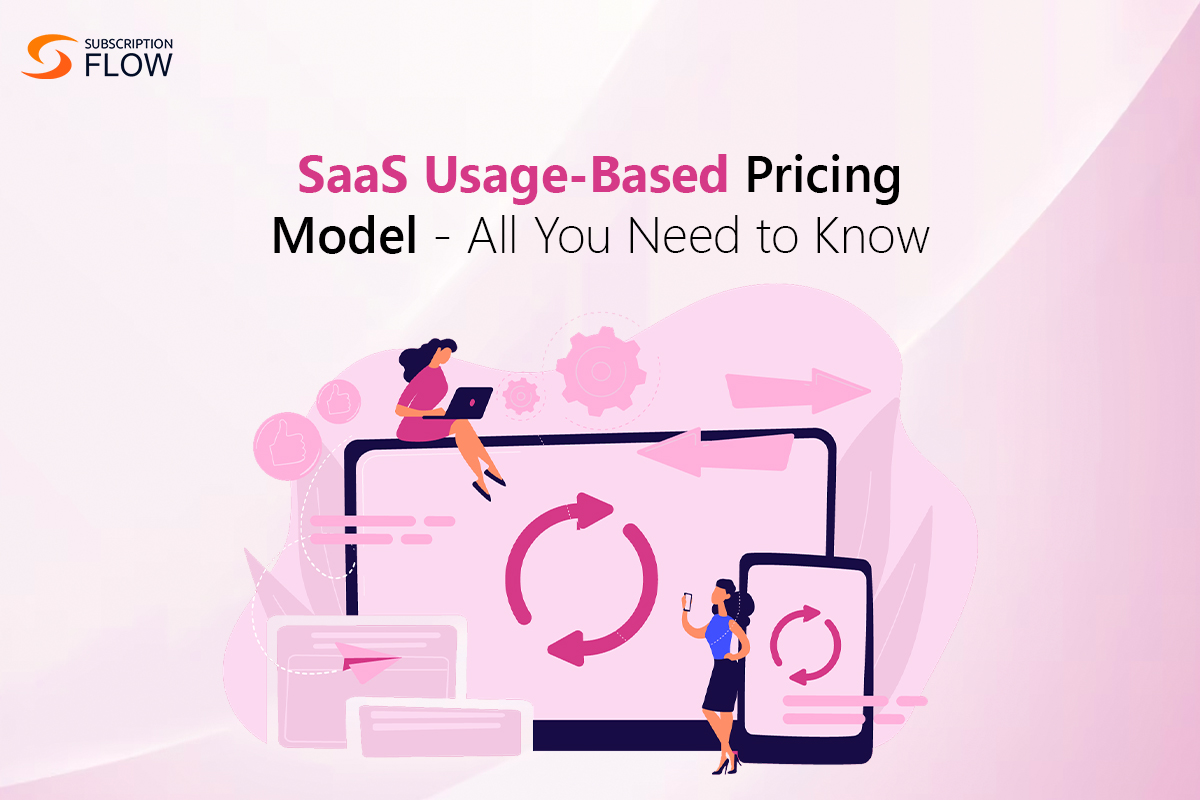
SaaS Usage-Based Pricing Model – All You Need to Know
Usage-based pricing is on the rise as a go-to model for a lot of SaaS companies. It goes by a lot of terms like pay-as-you-go, time/unit-based pricing, pay per transaction, consumption-based pricing, metered billing, and utility billing. But, the phenomenon at hand is the same: SaaS companies track usage and the customer is billed according to their consumption.
The rise of SaaS usage-based pricing makes a lot of sense, in terms of benefits for the company as well as the model fit according to SaaS services.
In this article, we will break down the benefits of usage-based pricing for your SaaS company, how to consider if this model is the right fit for your pricing strategy, and look at some success stories to ensure what to do and what not to do when implementing the model.
The Benefits of Usage-Based Pricing for SaaS Businesses
In this section, we’ll be taking a look at the benefits that a usage-based pricing strategy can bring to your business. Some of the benefits would include:
Faster Growth
When customers will only be paying for the services they’re utilising, hidden and upfront prices are cut out. This allows your company to expand your customer base and ensure a better value exchange. Thus, leading to exponential growth and long-term customer loyalty.
Quicker Response Times
As resources are more efficiently utilized under a usage-based pricing model, there are more hands on deck to deal with customer complaints and concerns. On the customer side, there are fewer complications in the billing process as well, the clarity leads to fewer complaints.
Shorter Purchasing Cycles
As there are less complicated billing processes, customers can easily calculate expenses and companies can easily project revenue, without having to go through lengthy procurement process. This means closing deals faster, thus achieving shorter purchasing cycles.
Better Customer Retention
As customers are clearly charged only for services they are using, there is more clarity in the billing process increasing customer loyalty for a brand. Additionally, the payment process is also much more streamlined and customers always choose the most convenient route for payment, helping companies retain their customer base.
Preventing Revenue Leakage
Usage-based pricing charges the customer by the exact number of units consumed, preventing the risk of undercharging through flat rate pricing. This helps ensure that there isn’t any money left on the table, and thus there isn’t any revenue leakage occurring.
Increased Investor Appeal
If you’re a small SaaS company looking for investors to expand, then a usage-based pricing model can help you create a scalable and predictable revenue model that will surely earn investor trust.
READ MORE: The Benefits of Usage-Based Revenue for the SaaS Industry
Is Usage-Based Pricing SaaS Worth it For Your Company?
If you’re considering usage-based pricing for SaaS, you need to have a clear plan on how it will look for your company. Pricing models prove critical for your company’s financial health. Making the wrong decision will end up costing you more in the long term and leave out potential revenue streams.
The first thing you need to consider is whether your service or units are easily detected by specific metrics. Then you need to see if your usage increases and is scalable. Lastly, it is critical to assess if your revenue can be directly linked to your offering. If your company qualifies for all these factors, you can implement a usage-based pricing SaaS strategy.
The trend toward usage-based pricing began with infrastructure companies such as Amazon (AWS), Google Store, Azure, and others, but now after decades, it has become mainstream. OpenView Partner’s study showed that in 2021 alone, 45% of SaaS companies utilized this model, and the number is only going to get higher with 61% (of companies who currently don’t have this model) considering introducing this pricing model to their strategy.
Implementing Usage-Based Pricing for SaaS
Using the strategies of other successful firms can help you implement the strategy better at your firm, it would be even better if the company is similar to yours. Otherwise, the system can become more complicated than you can handle before long.
In this scenario, you’d need to opt for an automation system that can handle a usage-based pricing model, SubscriptionFlow is a good example of a solution that can help the increasing number of billings as your user base grows and your company scales.
Now, let’s take a look at two companies that have successfully implemented this model and increased their revenue through it.
Success Stories
- Twilio: Twilio had an easily trackable metric, that is the amount of phone numbers used, length of calls, or number of messages sent. This metric can easily be directly charged with revenue so the value exchange can easily be explained and visualized. This helps them create trust with their customers while expanding their customer base.
- Snowflake: Snowflake also has a clear-cut metric that they can link to their earning: computing and storage usage. The genius of the strategy is starting off with a lower price per unit and then increasing it when the company scales so the revenue continues to grow exponentially.
Thus, if you take heed of success stories and use the right billing solution for your company, you can increase your growth by 30% and your customer retention by a staggering 120% (OpenView Partner Study).
READ MORE: Navigating Subscription vs. Usage-Based Models: Which Fits Your Business Best?
Final Word
SaaS usage-based pricing can help your business grow and prosper if it meets your service model. To help realize these benefits, a subscription management system can automate your billing and invoicing, so the process of transition is easier on your teams.
Such automation and management also allows for efficient resource allocation so your teams are not bogged down by tedious business process and workflows are faster and more efficient. Book a demo with us to find out more!










